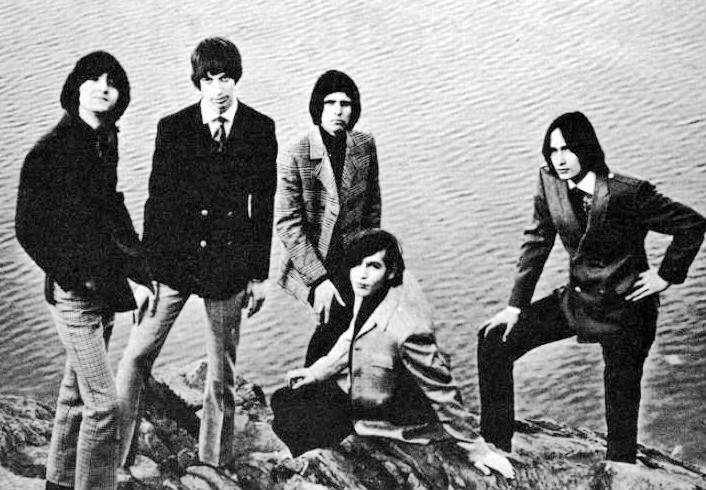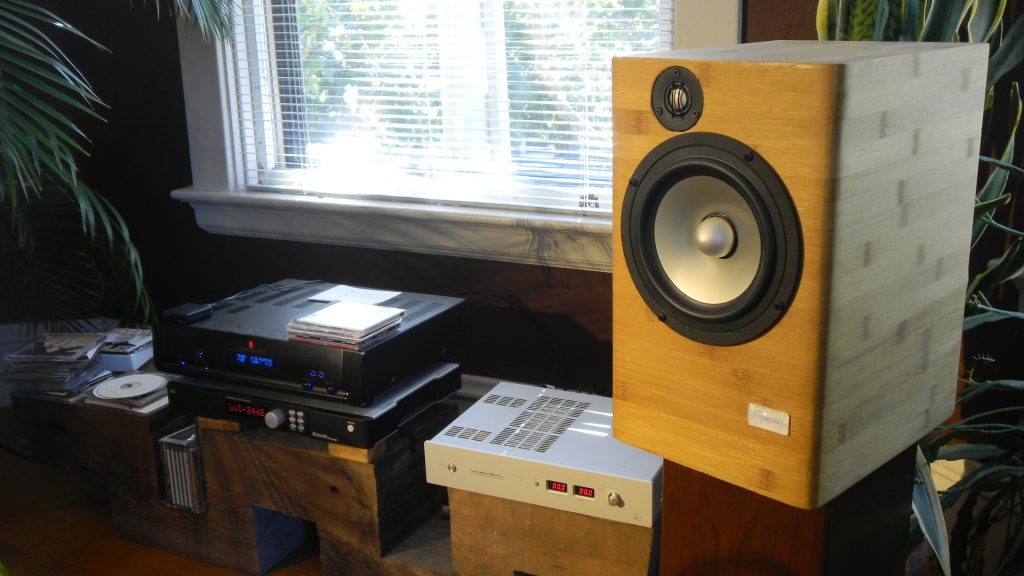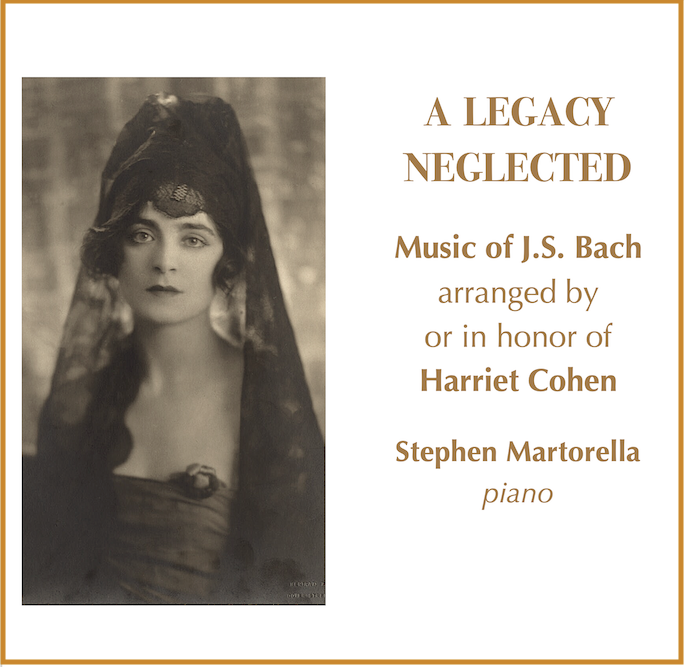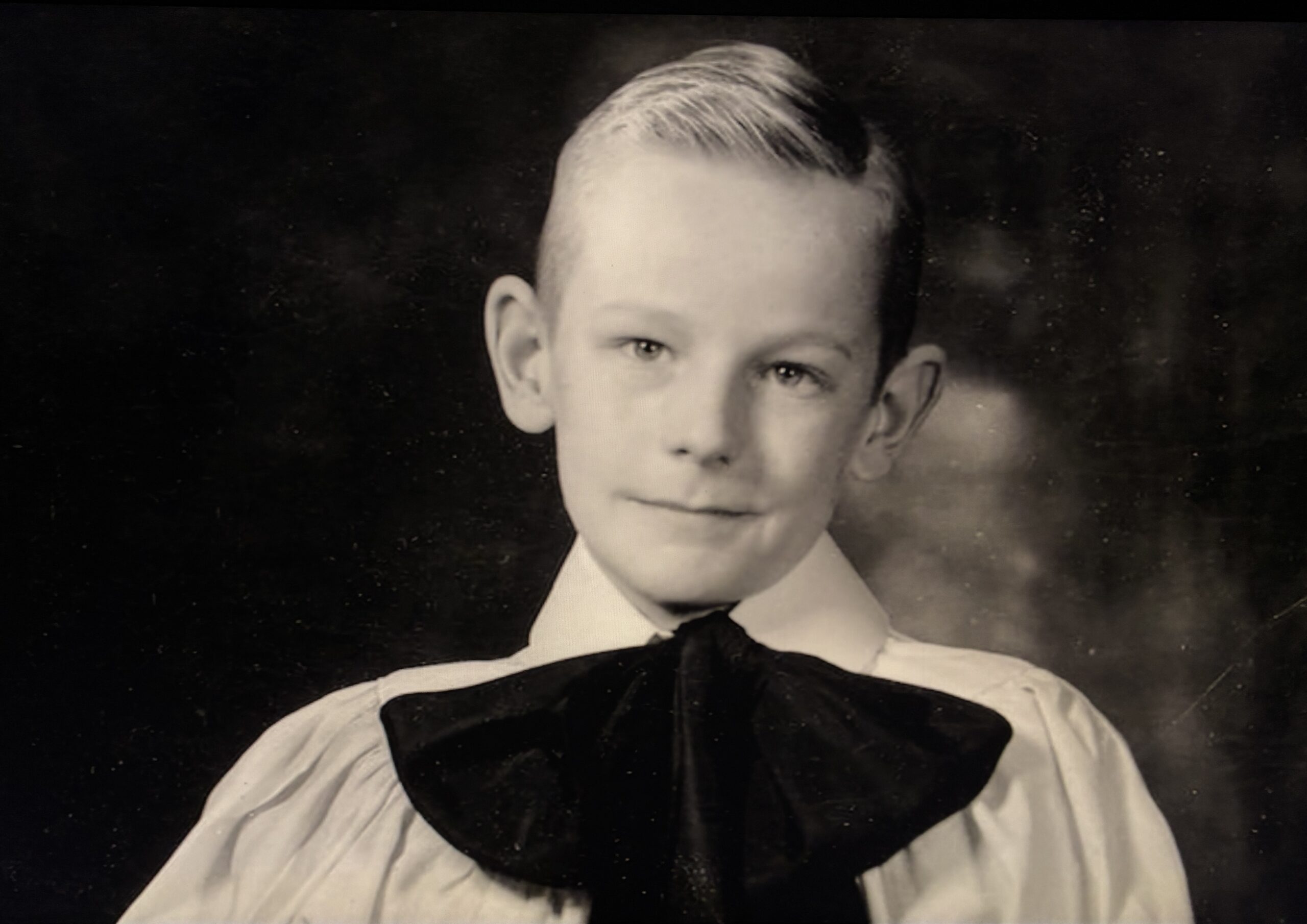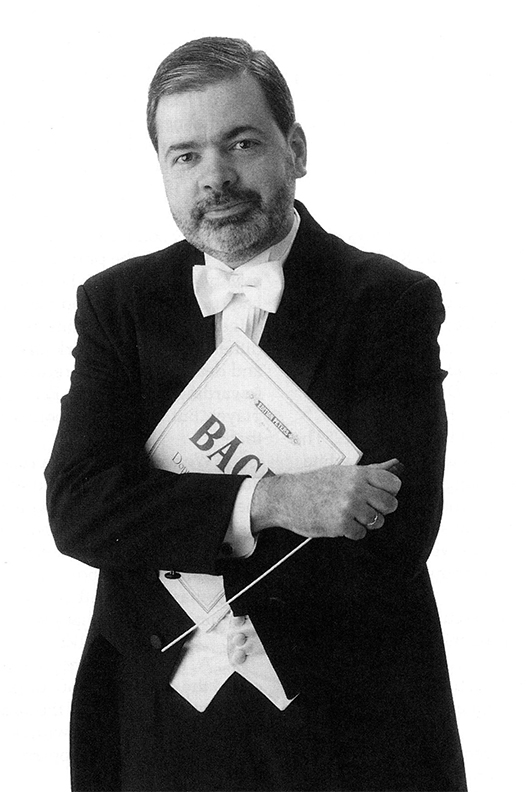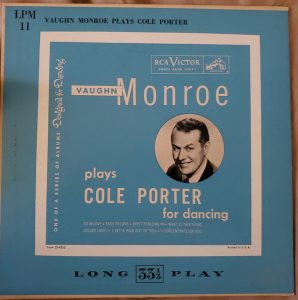He's back! Good friend and brother John Marks...the Big Kahuna of The Tannhauser Gate...strikes a note in my heart by plucking at a favorite song of mine from 1966, and fleshing out the flesh and souls behind it.
Having just recently purchased the reissue of this album on LP, I am content to stir this pot again, and hope that John's essay will stir curiosity about this minor rock gem from the '60s.
Enjoy!
Dr. David W. Robinson, Ye Olde Editor
I remember when The Left Banke's one-hit-of-wonder-ness "Walk Away Renée" was all over AM radio in the summer of 1966 (peaking at No. 5).
Featuring a classical string quartet (two violins, a viola, and a cello), a harpsichord, and an alto-flute solo on the bridge, it's fair to say that "Walk Away Renée" sounded like nothing else on the charts at that time. To put this song into its contemporary context, the Beatles' US television appearances on the Ed Sullivan show had been in February of 1964. So, by June 1966, the "British Invasion" (of the US music industry) was in full swing.
Silly me; until I recently began researching, I had assumed that the members of the group The Left Banke were British. (Because of the fey or twee spelling of "Bank" as well as their mop-top hair and "mod" clothing… .) However, it turns out that they were New Yorkers.
"Walk Away Renée" interests me for at least three reasons. One, it fits into my continued ruminations on the "Paradoxical Pleasure" of listening to sad songs. Secondly, "Walk Away Renée" was one of the first hit songs in the "Baroque Pop" genre. Thirdly, ten years later (in 1976), "Walk Away Renée" inspired a rock song that still gets lots of airplay today. (More on that in due course.)
There have been cover versions of "Walk Away Renée" recorded by The Four Tops, Southside Johnny, Rickie Lee Jones, Herman's Hermits, Marshall Crenshaw, Sylvie Vartan, Vonda Shepherd, Badly Drawn Boy, Billy Bragg, and Ann Savoy with Linda Ronstadt. Rolling Stone, the L'Osservatore Romano of the rock era, declared "Walk Away Renée" to be the 220th "Greatest Song of All Time." Pretty good for a rather small-scale song principally written by "Mike Brown," a very lovesick 16-year old.
More after the jump.
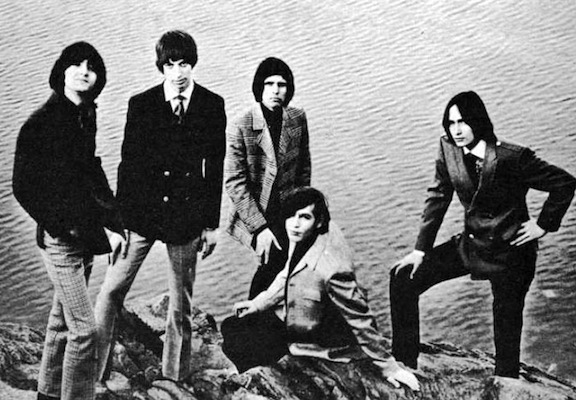 Source: KRLA/Beat Publications 1966
Source: KRLA/Beat Publications 1966
"Walk Away Renée" has a running time of about two minutes forty seconds, which is probably enough, given that it is one of the most "chorus-heavy" songs I can think of. The verses, such as they are, consist of only two lines each. So, there are three verses and four choruses. The four choruses all share their first two lines; two choruses end with one couplet, the other two choruses end with a different couplet.
"Walk Away Renée"
Verse I:
And when I see the sign that points "One Way"
The lot we used to pass by every day
Chorus A:
Just walk away Renée
You won't see me follow you back home
The empty sidewalks on my block are not the same
You're not to blame
Verse II:
From deep inside the tears that I'm forced to cry
From deep inside the pain that I chose to hide
Chorus B:
Just walk away Renée
You won't see me follow you back home
Now as the rain beats down upon my weary eyes
For me it cries
Bridge (alto-flute solo)
Repeat Chorus B:
Just walk away Renée
You won't see me follow you back home
Now as the rain beats down upon my weary eyes
For me it cries
Verse III:
Your name and mine inside a heart upon a wall
Still finds a way to haunt me, though they're so small
Chorus A:
Just walk away Renée
You won't see me follow you back home
The empty sidewalks on my block are not the same
You're not to blame
© Alley Music Corp. and Trio Music Company, Inc.; this author asserts Fair Use.
That's admirable economy in the utilization of words, I guess. Or, to put it another way, the (for lack of a better word) orchestration provides an unusually large portion of the interest that is to be found. All that said, it's an impressive achievement for a 16-year old. Obviously, the teenagers had help from adult producers and engineers and session musicians–but Brown himself played the harpsichord part. "Steve Martin" (Carmelo Esteban Martin Caro) sang. Memorably.
I have read an otherwise-unsupported claim that Leonard Bernstein was impressed by the song, which certainly is not beyond the bounds of possibility. Mr. Bernstein was always putting a moistened finger up in the air of popular culture, so to speak. It is even possible that Bernstein had been personally acquainted with Brown's father (and one of his co-producers) Harry Lookofsky, a violinist who had played in the NBC Symphony Orchestra under Toscanini. So, obviously, keyboard player "Mike Brown" grew up in a musical environment. That his father owned a recording studio also probably helped.
Note, there is an unfortunate dispute as to authorship; but I think that Michael Brown (birth name Michael David Lookofsky) is certainly the prime composer and lyricist. The song as originally published is credited to Michael Brown and bandmembers Bob Callili and Tony Sansone, although the nature of the contributions by Callili and Sansone were never made entirely clear. In later years, Sansone claimed that he had been the principal (or sole) writer; that the person "Renée" never existed; and that he had chosen the French name "Renée" randomly, because the Beatles had had a hit with the French name "Michelle." I remain totally unconvinced.
Michael Brown wrote "Walk Away Renée" about a month after first meeting (and falling head-over-paws, in puppy love with) Renée Fladen, the girlfriend of his band's bass player Tom Finn. Brown later claimed that because Ms. Fladen was sitting in (in the control room) during the recording session, his hands were shaking so much that he could not play his harpsichord part. So he had to come back later, after everyone else had left. Which makes me think of The Sorrows of Young Werther, actually.
I think that the line "Just walk away, Renée" has often been misheard as "Don't walk away." I think that what was going on was that after Brown fell as hard as a 16-year old can fall; but, for a bandmate's girlfriend; it took him a few weeks for him to come to the realization that it was not good for either of them to hang around together or to take Platonic walks together. And perhaps the curious refrain "You're not to blame" was a message to his bandmate that Brown had had no need of assistance in the matter, and that Renée had not at all flirted with Brown.
Zo, were one to feel inclined, one might regard "Renée" as the dopey, high-school version of "Layla." (Same plot, but different characters and outcome.)
In an interview in 2003, Finn said Brown was "a mad genius and consequently hard to work with… like Brian Wilson, but more extreme." Finn had no personal interest in the authorship dispute. He never expressed doubt as to whether his (by then, long-ago) girlfriend had inspired the song. (Renée herself ended up as a music and voice teacher in California. Good for her.) Indeed, in a YouTube comment posted in 2015, Finn wrote "It was written by our piano player Michael Brown, and the entire band was working on the vocals and arrangement." He also commented, with becoming modesty, "When it became a big hit, we were all surprised."
As inventive as it was, "Walk Away Renée" was not created out of thin air. Harpsichords, perhaps because of their timbre's ability to cut through a thick audio mix, had before 1966 been used here and there in pop recordings, for many years. Brown acknowledged having been influenced by the flute solo in "California Dreamin' " by The Mamas and the Papas. A perhaps-unconscious influence was Hal David's and Burt Bacharach's "Walk on By," written in 1963 for Dionne Warwick.
In the near future I will write about the 1976 song "Walk Away Renée" inspired.




